1006 Morton Street
Baltimore, MD 21201
410.576.9131 | RW1haWw=
September 3 2008
Blobwall: The Curse of Customization
Blobwall is a material and form study by Greg Lynn ('Form') which explores the definition of modular construction and space separation in the coming century. Design and construction of Blobwall are heavily influenced by Lynn's work with advanced three dimensional modeling and manufacturing techniques and follow an evolutionary path from his earlier work with biomorphic architectural forms. The wall is composed of identical, preformed, three lobed, hollow pieces of low-density plastic polymer of varying color, similar to the material comprising plastic playground equipment. The system is self supporting and can be stacked in a number of ways to create walls, arches and domes. Results illustrate how a repeating element could be combined to create an extraordinary organic structure. The astounding variability does, however, come at a high price in terms of time, labor, and manufacturing capability and hides a requirement for complete customization to achieve the organic results shown in Blobwall.
It is important to point out that I am no stranger to this situation because I oftentimes succumb to the 'Curse of Customization' in both virtual and real-world design problem solving.
For some perspective, inspiration for Blobwall emerged from Greg Lynn's concept of creating a modular wall building product that could be easily assembled and would work like 'bricks' in traditional construction. I am inferring this, but it appears that he is challenging what we today consider the 'unit' of construction.
Units are a very important concept in construction. Their characteristics have defined building for thousands of years. Structural integrity, opacity, thermal properties, moisture resistance, durability, weight, availability, and size (among other factors) have been critical to the evolution and selection of building materials. Generally, materials easily handled by craftsmen and readily available were the most used. Minor inconveniences and flaws were overcome through small augmentations of the material such as painting or plastering. The small units are transportable and can be assembled by one laborer without need for mechanically powered equipment. The widespread use of masonry units bricks and stone is no surprise given their natural ingredients and usefulness. To reinterpret the 'unit' is a worthwhile exploration especially given the huge developments in digital design and manufacturing technology.
Possibly the most important characteristic of these units, in the context of Blobwall, is their ability to be stacked against each other in repeating patterns. It only takes a quick survey of an architectural history book, Google images, or the Brick in Architecture Awards to see the astounding number of possibilities for shape, form and texture using a repeating unit. All of these variations are created from bricks roughly the same size and shape, using friction, gravity or mortar to hold them together. Minimal cutting and sawing of the material is needed except for unique situation such as decorative elements or structural conditions.
The development of Blobwall, and the blob unit, is really important to understand for its implications on the future of the design and construction industry. FORM followed a process only possible in the age of digitized design and manufacture. (Let me note that the process did however begin as most projects do, with a hard working post-graduate student sanding and sculpting away at a large foam object, protective mask and all.) Through many iterations, using both digital and physical models, the now familiar three lobed blob unit was developed. To enable mass production, this proto-unit was cast and used to make a negative metal mold from which the subsequent 'copies' could be created.
Crucial to the project, was a material which could be modified to be the 'unit' of the 21st century. For this, Lynn found a plastic polymer that can take on any shape and is easily modified, cut, once formed into blobs. The polymer also has the unique characteristics of being translucent, light, and durable as well as available in a variety of colors. Interestingly, the material is made from recycled content and is fully recyclable into new products.
The process works like this. The metal negative mold of the original blob unit is filled with small plastic polymer pellets and heated. While the mold is heated it is also being rotated. The plastic pellets melt and adhere to the mold, the rotation ensures that the entire surface is covered in plastic. The mold is cooled and then removed leaving a hollow plastic blob unit! Repeat until you have the desired number of blob units.
The system is self supporting and can be stacked in a number of ways to create walls with S, L, and C shapes as well as many other possible configurations. Even self supported arches and domes can be built.
But therein lies the hidden portion of the process. The wall is really not constructed out of similar pre-manufactured units, stacked and ready to use. Instead, the blob units are a starting point. Designers actually use 3D software, like MAX or Maya, to design the full Blobwall. Once each individual blob unit is located within the structure a designer uses boolean functions to subtract any overlapping material between two blob units. Designers must choose which blob unit takes precedence and leave it whole.
The resulting shapes are sent to a 5-axis routing machine where software guides the machine in making precise cuts to the blob units. Each blob unit and sub blob unit part are labeled to indicate its location within the Blobwall. This part of the process was handled by Machineous which specializes in using 5 and 6 axis machining equipment in architectural applications. I suspect there were quite a few aborted attempts but the end product is brilliantly assembled.
My compliments to the design and construction teams. The final Blobwalls are beautiful, really. The observation I have about Blobwall is that there is an immense amount of customization built in to the process. In an age of mass customization this may be an entirely appropriate strategy and part of me wants to believe that this is the future of manufacturing. But the premise that the Blobwall can be assembled out of pre-manufactured parts is not true. Moreover the shape of the units themselves have no impact on the overall design of the wall. The same design could be done with squares, triangles, spheres. As long as the designers followed the same processes using booleaning, software design and 5-axis machining the results would largely be the same. Blobwall to me represents a production method, but one not based in the considerations of geometry or their resolution. The true promise of computational analysis to me is that a single shape could be generated for each job, mass produced and installed in the same way bricks are. That the blob unit becomes dominant and the final construct subservient to the means of production and erection. One unit, depending on its orientation and angle, could create any organic shape. One unit becomes the constant, the use becomes the variable.
For more information please visit Greg Lynn at the FORM website. Blobwall is available exclusively through Panelite.
Recent Posts
Reimagining Harborplace to Create Space for Both Private Development and Expanded Public Space » Lawyer's Mall Reconstruction Progress » Confronting the Conventions of Customary Practice » Reconceived Facades: New Roles for Old Buildings » Ivy Bookshop Opens for Business! »
Categories
Yellow Balloon Baltimore » Products + Technology » Industry + Practice » Other » Architecture »
Links
Organizations
- USGBC Baltimore Regional Chapter »
- AIA - American Institute of Architects »
- USGBC »
- The Walters Art Museum »
- Green-e »
- Center for Building Performance and Diagnostics (CMU) »
- Green Globes »
- Prefab Lab (UT) »
- Center for Sustainable Development (UT) »
- Architecture 2030 »
- Bioneers »
- Street Films »
- FreeCycle »
- Chesapeake Bay Foundation »
- Archinect »
- BD Online - The Architects Website »
- National Wildlife Foundation »
- Natural Resources Defense Council »
- Overbrook Foundation »
- Merck Family Foundation »
- Ecology Center »
- New Building Institute »
- Neighborhood Design Center »
- The Leonardo Academy »
- ZigerSnead Architects LLP »
- The Rocky Mountain Institute »
- Urban Habitats »
- ACORE - American Council on Renewable Energy »
- Parks and People Foundation of Baltimore »
- Open Society Institute of Baltimore »
- Natural Capital Institute »
- Passive House US »
- Svanen Miljomark »
- Green Restaurant Association »
- Rocky Mountain Institute »
- Green Exhibits »
- Green Roundtable »
- John Elkington - SustainAbility »
- SustainAbility »
- Building America »
- Endangered Species Program - Fish and Wildlife Service »
- Congress for the New Urbanism »
- Urban Land Institute »
- Cool Roof Rating Council »
- Montgomery County (MD) Public Schools Green Building Program »
- National Institute of Standards and Technology Software »
- Scientific Certification Systems »
- Community Greens »
- CBECS »
- CASE - Center for Architecture Science and Ecology »
Interesting Sites
- The Ecologist »
- Treehugger »
- Grist »
- WIRED »
- Planet Architecture »
- MiljoBloggAktuellt - Environmental News Blog (Swedish »
- Sustainable Design Update »
- Eikongraphia »
- World Architecture News »
- The Cool Hunter »
- Design Center »
- ZEDfactory »
- Architen Landrell Associates Ltd. »
- Environmental Graffiti »
- businessGreen »
- Best Green Blogs Directory »
- Groovy Green »
- EcoGeek »
- Urban Ecology »
- Locus Architecture »
- Urbanite »
- A Daily Dose of Architecture »
- Adaptive Reuse »
- Audacious Ideas »
- Big Green Me »
- NOTCOT »
- Sustainable Baltimore »
- Thoughts on Global Warming »
- Green Maven »
- WorldChanging »
- Go For Change »
- Building Green »
- Home Energy Magazine »
- Home Energy Blog »
- FEMA Map Service- Federal Emergency Management Association »
- Architectural Graphic Standards »
- E-Wire »
- Post Carbon Cities »
- Alt Dot Energy »
- Whole Building Design Guide »
- B'more Green »
- EJP: Environmental Justice Partnership »
- Baltidome »
- OneOffMag »

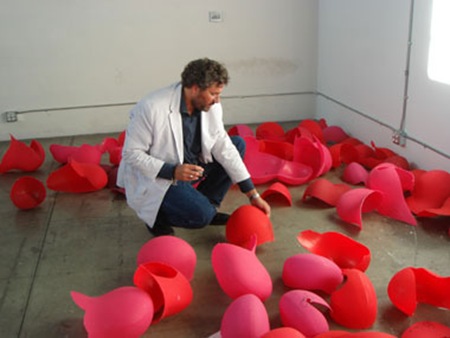
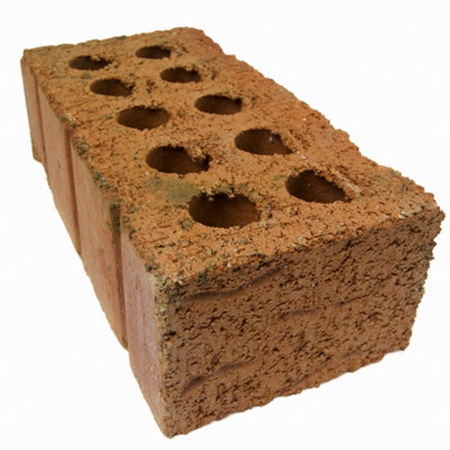
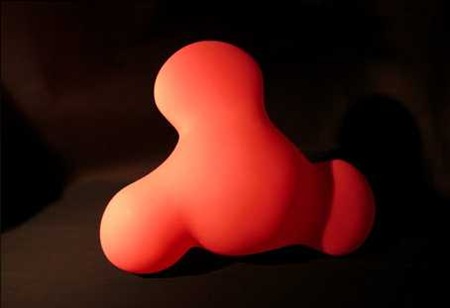
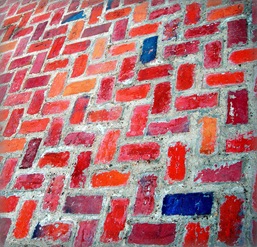
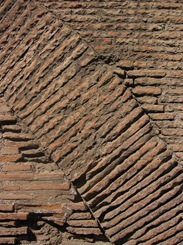
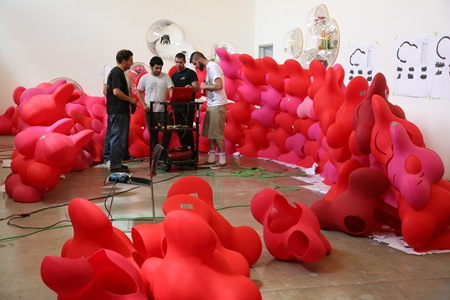
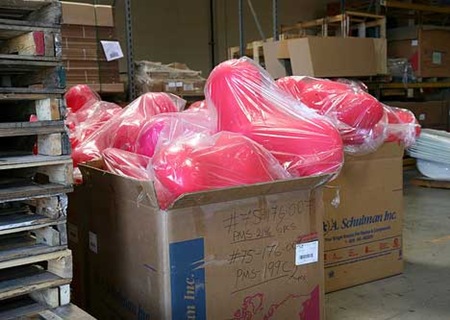
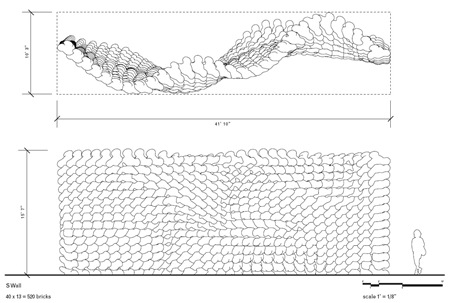
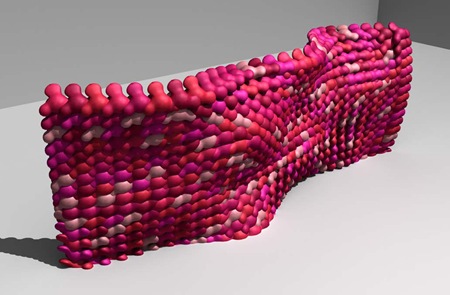
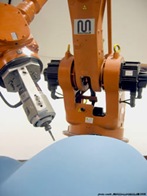
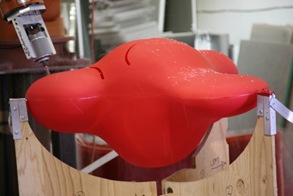
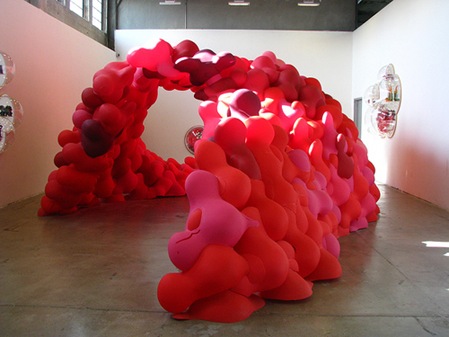
January 26th, 2009 at 12:53 PM
Greenline » Greg Lynn Speaks at TED
[...] Browse in Architecture « Blobwall: The Curse of Customization [...]